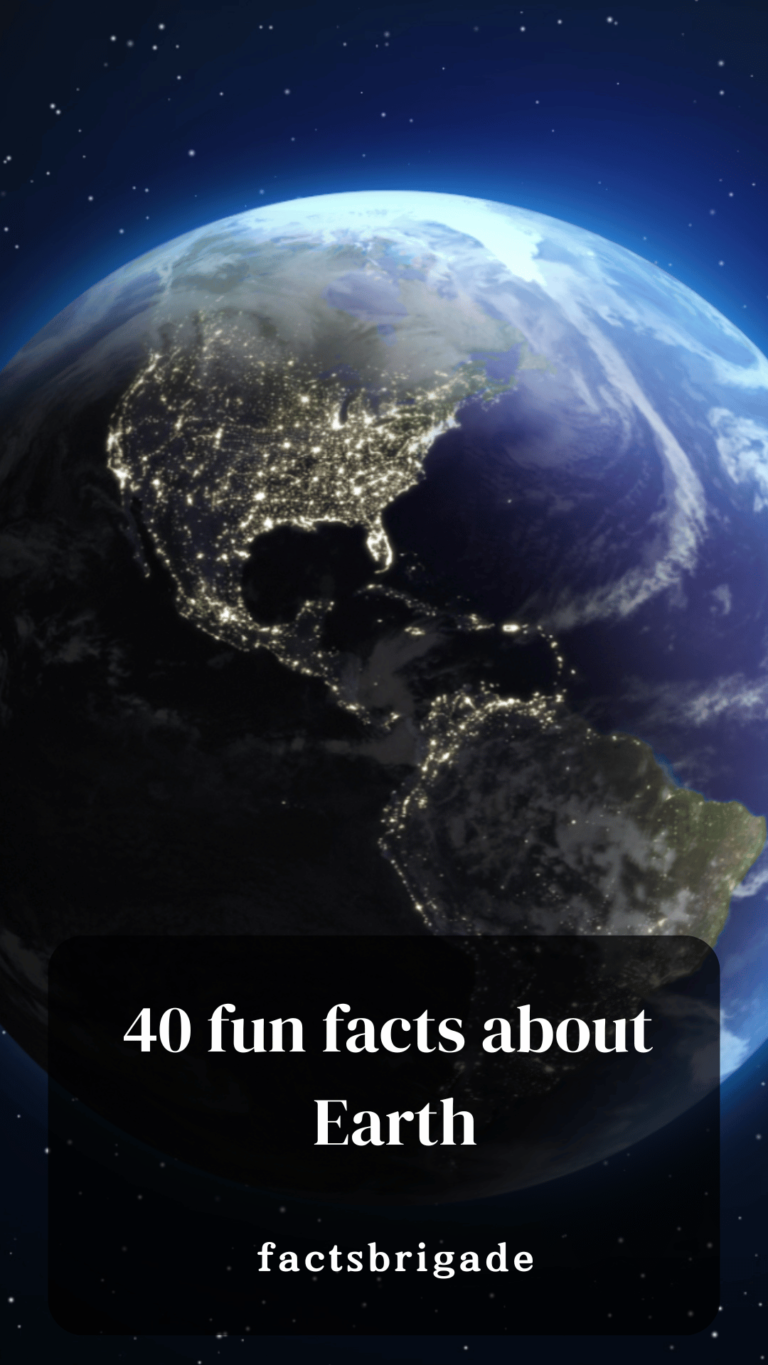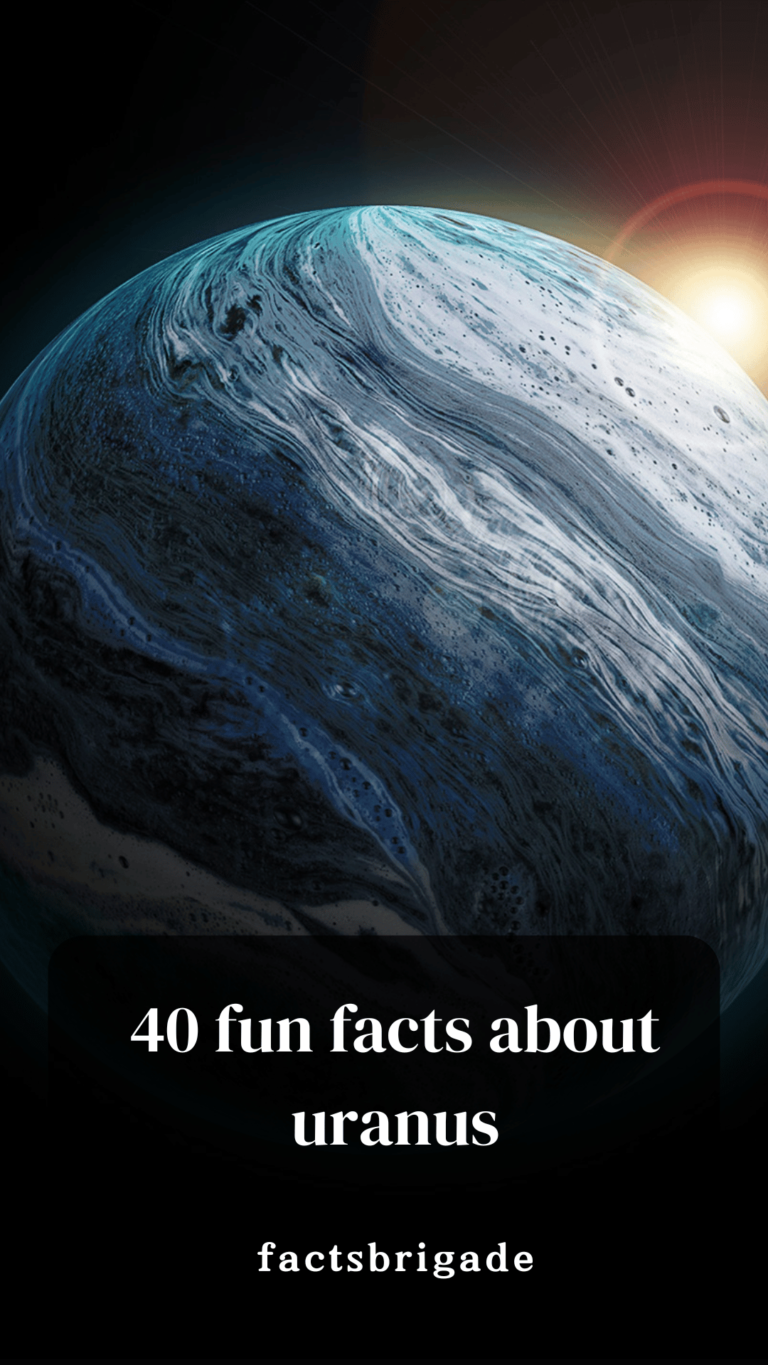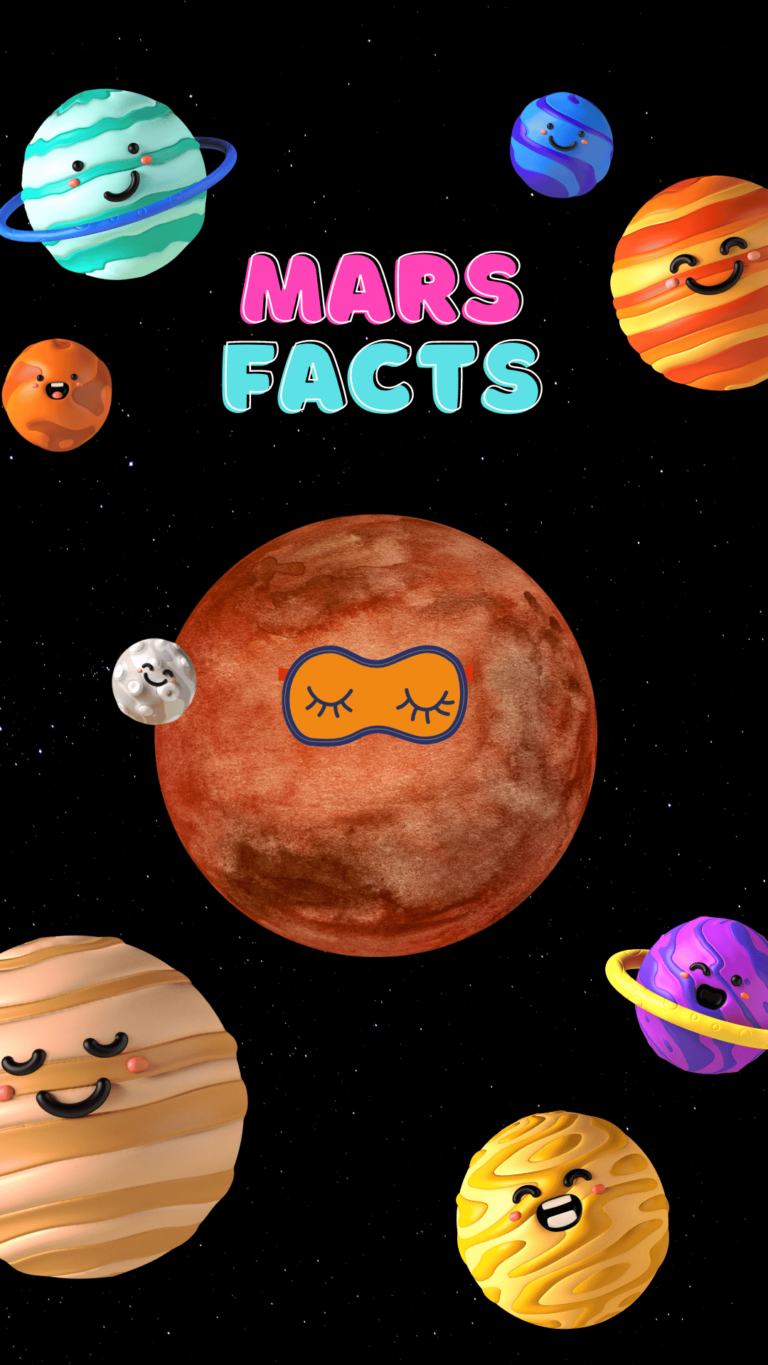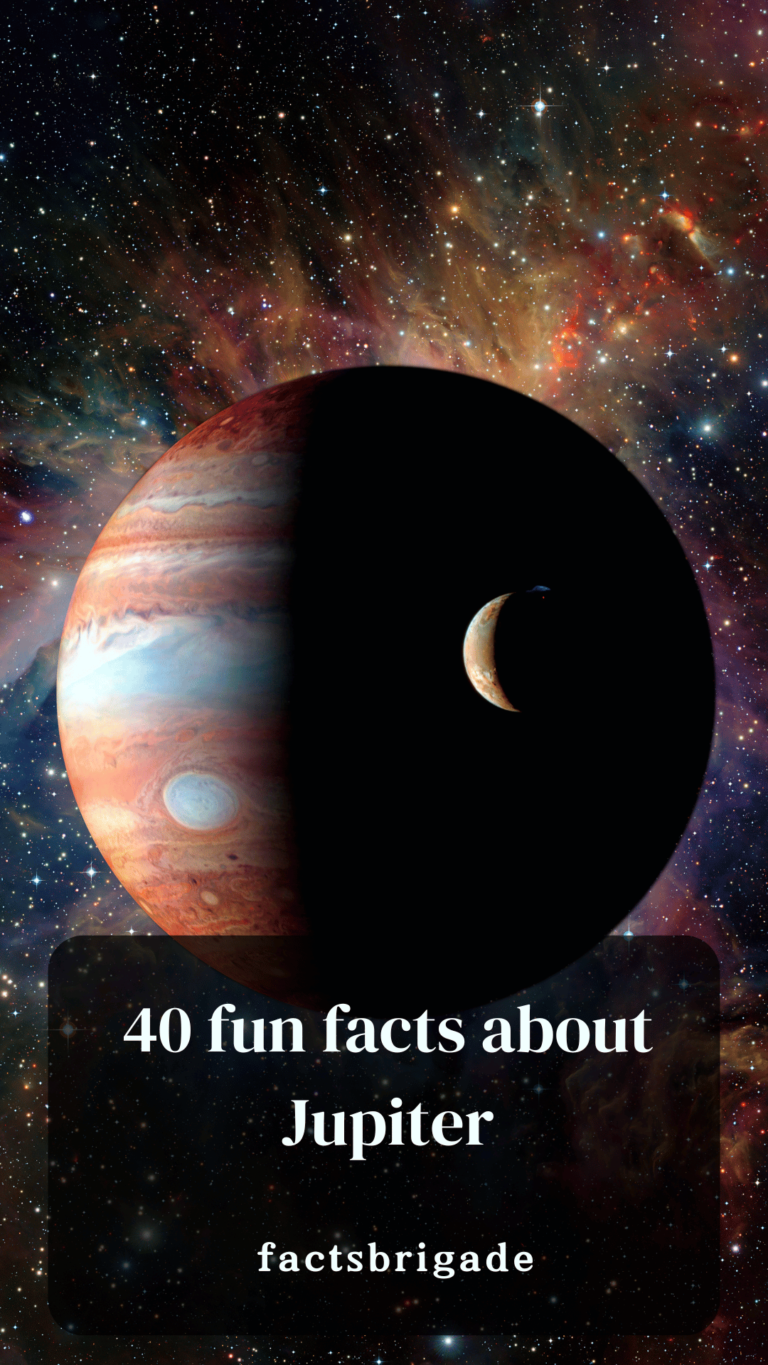Here are 40 fun facts about Mercury
Hot and Cold
Mercury is the closest planet to the Sun, which means it experiences the most extreme temperatures in the solar system. The sunlit side of Mercury can reach scorching temperatures of 800 degrees Fahrenheit (430 degrees Celsius), hot enough to melt lead! However, the side facing away from the sun plunges into frigid darkness, reaching temperatures as low as -290 degrees Fahrenheit (-180 degrees Celsius).
Speedy Gonzales Mercury also holds the title for the fastest orbiting planet, zipping around the Sun every 88 Earth days.
Small But Mighty It’s the smallest planet in our solar system, about the size of Earth’s moon.
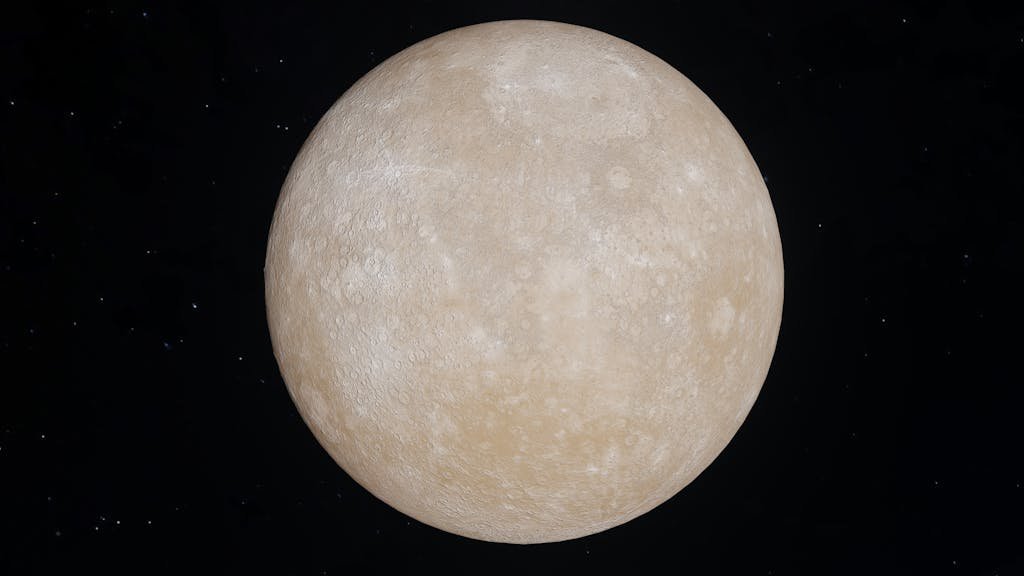
Shrinking Planet Due to its proximity to the Sun, Mercury is constantly being pulled on by the Sun’s gravity, causing it to wrinkle and shrink over time.
Cratered Canvas Mercury’s surface is covered in craters, a testament to its long history of being bombarded by meteoroids and asteroids. In fact, it has the most craters of any planet in our solar system! One crater, the Caloris Basin, is so large it could fit Texas and Mexico combined!
Sun Salutations A day on Mercury is longer than its year! It takes 88 Earth days to orbit the Sun, but only 58.5 Earth days to rotate on its axis. This means the Sun rises and sets very slowly from the perspective of the surface.
Oddball Orbit Mercury’s orbit is not a perfect circle, but rather elliptical. This contributes to the extreme temperature swings it experiences.
Naked Eye Visible Despite its proximity to the Sun, Mercury can actually be seen with the naked eye under dark enough skies. However, it’s only visible for a short time before sunrise or after sunset.
Mythological Namesake Mercury was named after the swift Roman messenger god, Mercury, due to its speedy orbit.

Moonless Marvel Unlike most planets, Mercury has no moons.
Iron Giant Mercury’s core is massive, making up about 70% of its entire planet. It’s believed to be composed mostly of iron.
Thin Air Mercury has an extremely thin atmosphere, about 100 trillion times thinner than Earth’s atmosphere! This thin atmosphere means it offers no protection from the Sun’s radiation or bombardment by meteoroids.
Double Sunrise Surprise Because of Mercury’s unusual rotation and orbit, an observer on the surface would sometimes see the Sun rise, pause, then backtrack a little before continuing its normal path across the sky. This phenomenon is called a “double sunrise.”
Ice Age on Mercury Despite its scorching temperatures, there is actually evidence of ice on Mercury! In permanently shadowed craters near the poles, ice deposits have been found. Scientists believe this ice may have originated from comets or asteroids that impacted the planet.
Messenger Mission The first spacecraft to orbit Mercury was the MESSENGER mission, launched by NASA in 2004. It spent over 11 years mapping the planet and gathering data.
BepiColombo
The European Space Agency and the Japan Aerospace Exploration Agency (JAXA) have a joint mission to Mercury called BepiColombo. It launched in 2018 and is scheduled to enter orbit around Mercury in 2025.
Vulcan? No Such Thing For many years, astronomers believed there was a planet even closer to the Sun than Mercury, called Vulcan. However, this theory was eventually debunked.
Heavy Metal
Mercury is the densest planet in our solar system, after Earth. This is because of its large iron core.
Weak Gravity Due to its small size, Mercury has a much weaker gravity than Earth. If you weighed 100 pounds on Earth, you would only weigh about 38 pounds on Mercury.
A Day is Longer Than a Year
As mentioned before, a day on Mercury takes longer than a year. This means that the Sun appears to move very slowly across the sky. An observer on Mercury would see the Sun rise very slowly,
Shrinking by the Millimeter
Due to its lopsided orbit and the Sun’s immense gravity, Mercury actually shrinks by a tiny fraction of a millimeter each year.
Volcanic Past
Despite its lack of recent volcanic activity, evidence suggests Mercury once had volcanic eruptions, forming vast plains on its surface.
Cliffhanger
The Scarpe scarp on Mercury is the tallest cliff known in the solar system, reaching a height of about 3 kilometers (1.8 miles).
Magnetic Mystery Mercury has a weak magnetic field, only about 1% as strong as Earth’s. Scientists are still trying to understand how this weak field is generated.
Sun Stealer Mercury can actually steal particles from the Sun’s wind, creating temporary “mini-magnetospheres” around itself.
Soda Can Surprise If Mercury were hollowed out, it would hold about the same amount of liquid as a typical soda can.
Sunsets that Last Days
A sunset on Mercury can take weeks to complete, due to the planet’s slow rotation.
Rudolph’s Nose
During twilight on Mercury, the sky can take on a reddish hue due to sunlight scattering off tiny dust particles in the exosphere.
A Tale of Two Hemispheres
The difference in temperature between the dayside and nightside of Mercury is so vast, that a spacecraft landing on the dayside would cook, while one on the nightside would freeze.
Sunburn City
Without an atmosphere to protect it, the surface of Mercury is constantly bombarded by harmful solar radiation.
Mysterious Shadows Some craters on Mercury have permanently shadowed regions where sunlight never reaches. These areas could potentially harbor water ice.
Earthly Visits
Only two spacecraft have ever visited Mercury: MESSENGER by NASA and BepiColombo by a joint European and Japanese space agency team.
A World of Iron
Mercury’s core is about 85% iron, making it a much larger portion of the planet compared to Earth’s core.
A Comet Catcher
It’s believed that Mercury may have been struck by many comets throughout its history, delivering water ice that could be trapped in the polar craters.
The Roman Connection
Just like the Roman god of commerce, Mercury is swift and facilitates movement, mirroring the planet’s speedy orbit.
A World Without Wind
With its extremely thin atmosphere, Mercury experiences almost no wind.
A Chaotic Spin
Mercury’s rotation is chaotic and can speed up or slow down over time.
Sun’s Tug-of-War
The Sun’s gravity actually stretches and squeezes Mercury as it orbits, causing tidal effects.
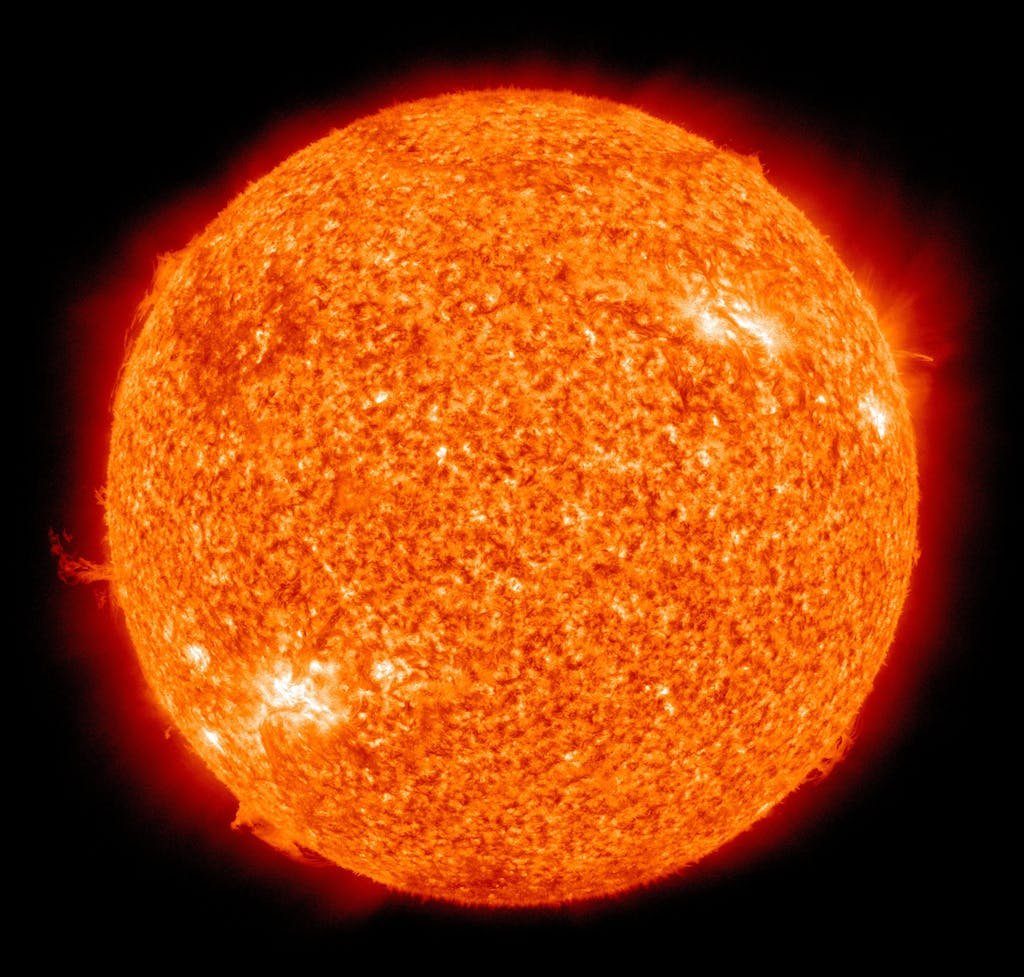
A Puzzling Puzzle
Scientists are still working to understand how Mercury formed so close to the Sun without being swallowed by it.
The Future Holds Promise
The BepiColombo mission arriving in 2025 will provide even more data and insights about this mysterious world.

